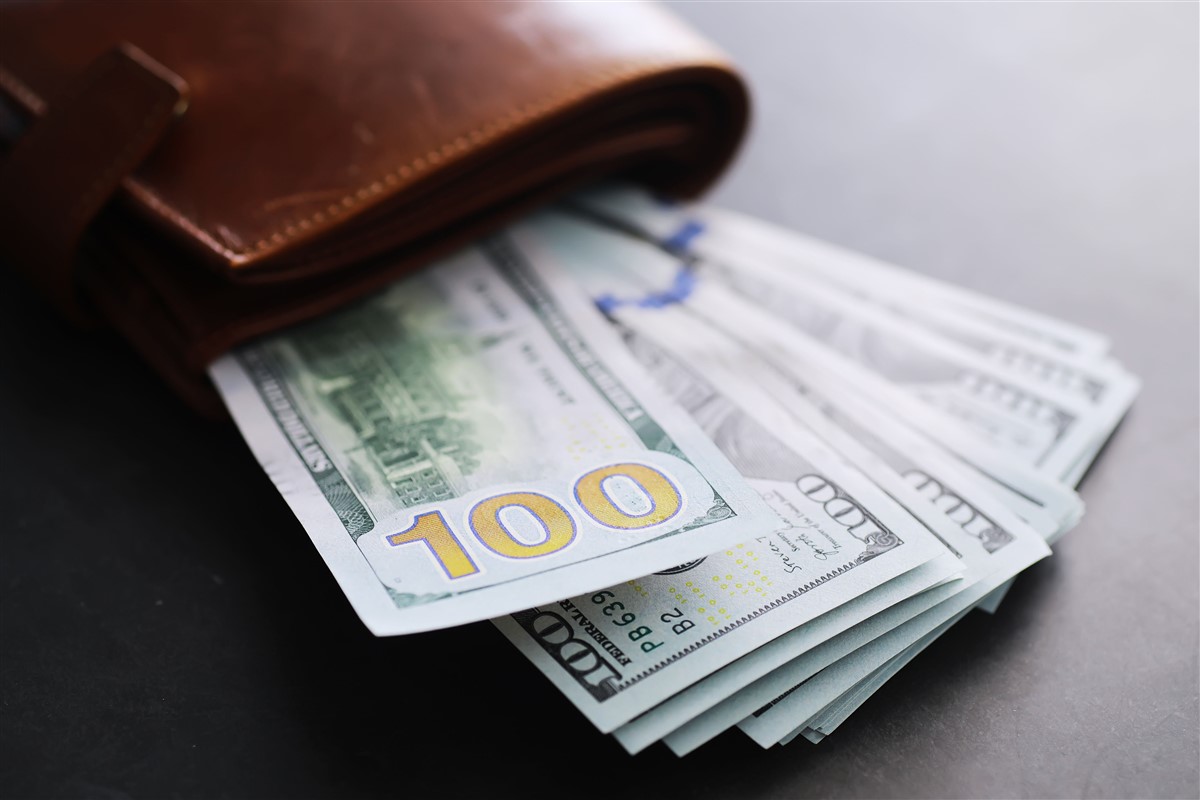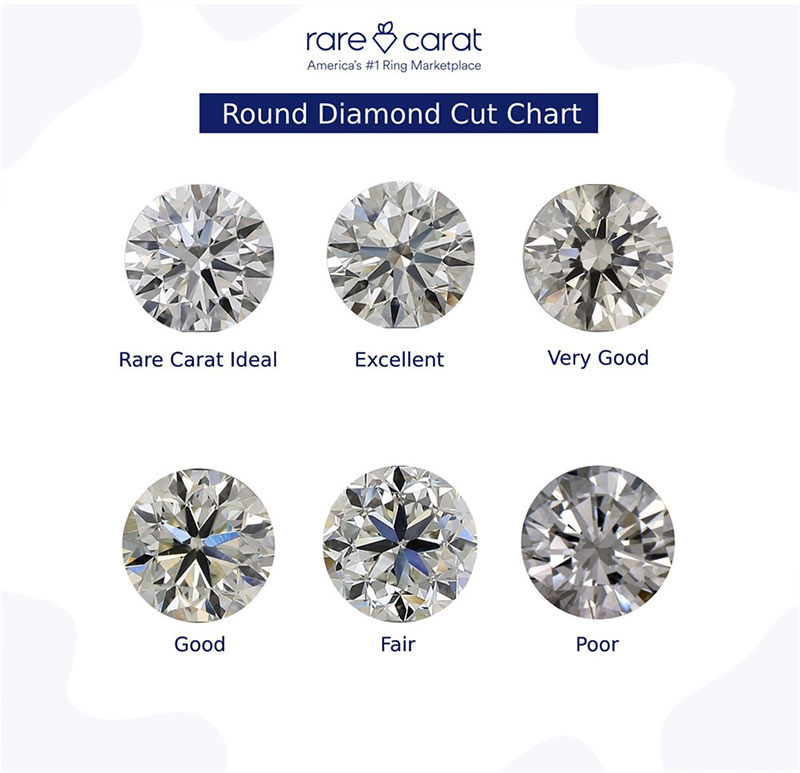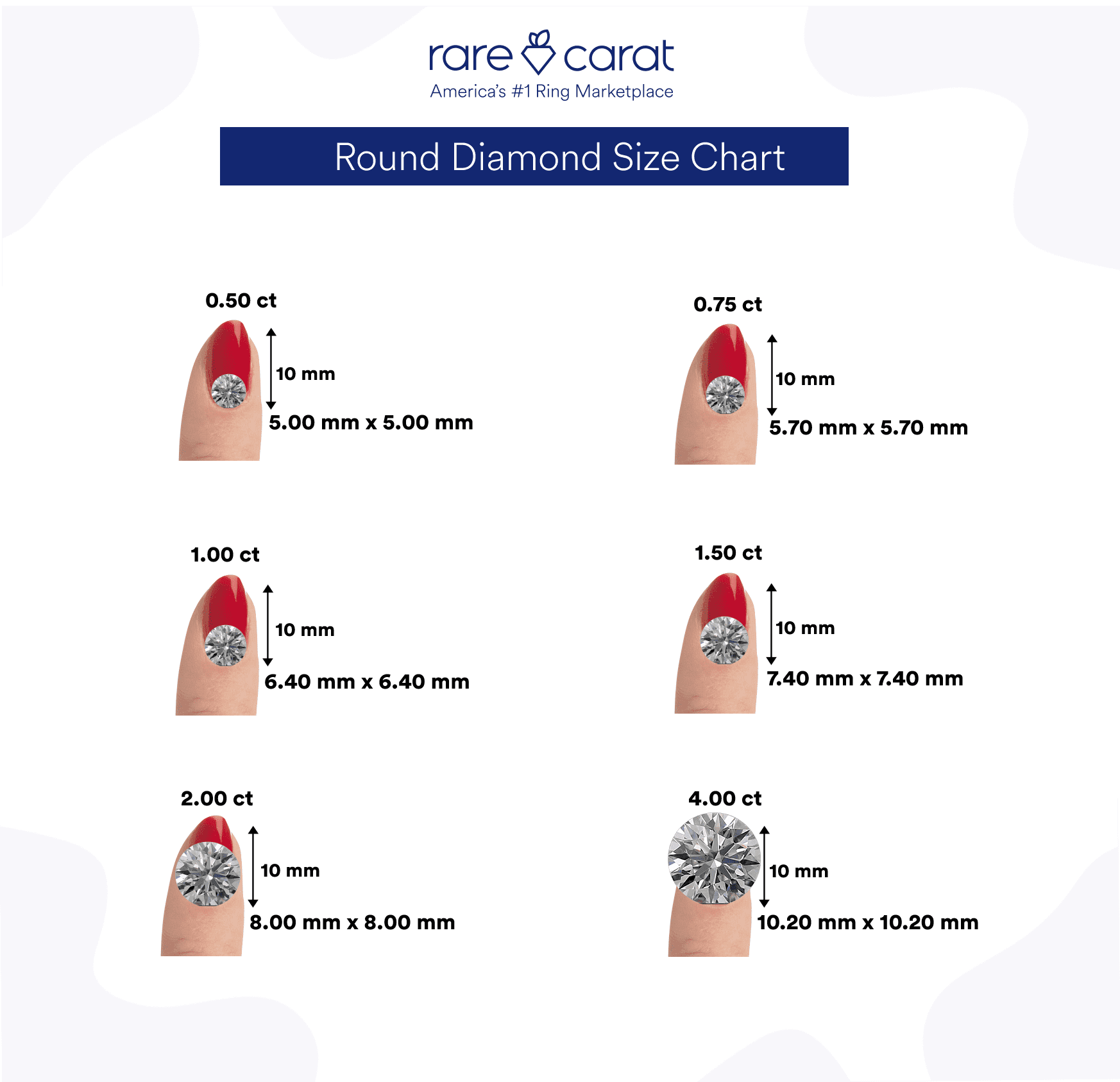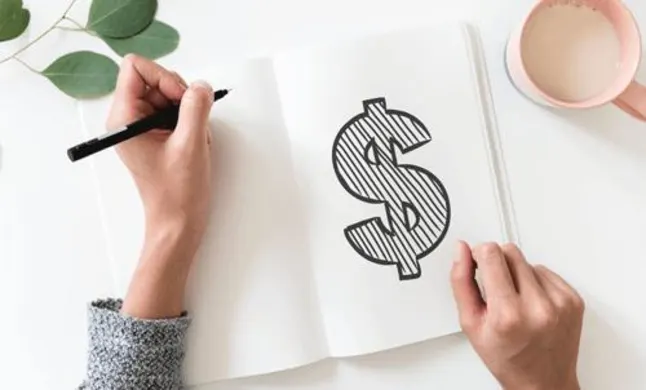How much money should you spend on a wedding ring?
How much money should you spend on a wedding ring? As the old saying (that we’ve all heard a few times) goes, “the man should spend 2 months salary on the ring he will propose to his future wife with”. So, that saying came around a long time ago. Basically, if you are making $5000 a month, a wedding ring should be about $10,000. Lots of things have changed. We’ve gone to the moon, softened the idea of gender roles, and now- millennials are often making a lot less than the average Joe picking out a ring back then. So how do you determine what’s the right amount to spend nowadays, and what’s too low and could come off as being “cheap”? We’ll go over everything you need to know when it comes to how much is too much.
What steps should you consider when making a budget?

While it would be an incredible feeling to give your partner a huge diamond to show off each and every day, you don’t want to get into a huge amount of debt that you then have to face every day too.
Take a look at what you can afford comfortably. If you want to look into financing, that’s always a great option too, but there’s no need to go overboard. The biggest part here is to spend money on something she’ll love. Take a sneak peek at her Pinterest page, or ask her friends what shapes she’s into. Finding something that she’ll love to look at every day is more important than breaking the bank.
In 2019 the average ring price according to The Knot was around $5,900. That’s a pretty moderate price considering the hundreds of thousands (if not millions) that celebs drop on these glittering rocks. But for us common folks, that’s usually a decent amount to get something great.
Value over price
With that being said, you also don’t want to spring on the clearance rack for $350, because that will be the cheapest option. There’s a fine line, but really, if you’re going to spend the money, figure out the areas you can cheat in a little bit and find something that is great and she’ll love.
Don’t just settle on the first thing that you find that catches your eye- really do your homework. Here’s a quick overview-
Clarity-

This is the grade that covers the amount of inclusions internally in the diamond. If the gem has a lot of specks and issues going on inside, this will effect how the light bounces around internally. Staying VS2 and above is usually best, unless you want to really go over slightly included (SI) diamonds with a keen eye, you may be able to find some that don’t have too obvious of inclusions under the table.
Color-

The color scale goes from D-K with us, and D will be totally colorless, K will be slightly tinted with a yellow color. You can fudge a little here in a few ways: If you are setting in yellow gold, you can get away with color grades G-I and will help offset the yellow color, and trick the eye into seeing the diamond as a whiter color than it actually is. Going down to J or K could be a good option if you don’t mind a warmer color to the stone, and will match the gold nicely, but is best for shapes like round brilliants, as they hide the color a little better than others.
Cut-

This one I don’t recommend skimping on. The cut is one of the biggest contributors to sparkle and brilliance. If you can give opt for the best cut option, and get a slightly lower color or clarity diamond, you will make it up with the sparkle this factor can offer.
Carat-

Don’t get your heart set on a number- lots of diamonds may look larger or smaller depending on the shape and cut of the stone. There’s such a thing as magic numbers in the diamond world, where certain carat weights see a price jump. If you can save $2k on a diamond that’s .9cts versus a 1.0ct, that’s worth it. Nobody would be able to tell the difference in one carat point.
Keeping these things in mind will help to make sure you have an educated decision making stance.
What kind of options are there for smaller budgets?
There’s lots of ways to maximize budget. Lots of things like metal material, how intricate the setting is, and type of diamond are contributing factors to price.
While platinum seems like the premier option for ring material, it is very expensive compared to gold. Especially if you have accent stones in the band, white gold may be the less expensive, and stronger option to keep them in place.
For setting style, if she likes extra bling, consider a simple solitaire setting, and opting for a diamond encrusted wedding band you can add on later. This saves you some cash now, and lets the center stone take the credit for shine.
Another great way to save some money is to go for a lab grown diamond. These guys are chemically identical, meaning they have the same optical properties and hardness. You still get a tough, brilliant sparkling stone, and for around 30% less than the same size and specs of a natural grown diamond. Lab grown means it was created in a lab (go figure, right?) Instead of the Earth. That’s the only difference! This may mean you can snag a larger or better clarity stone, for the same price a natural would have set you back.
What about larger budgets?
Sometimes, when we know we have a lot of wiggle room, it’s easy to quickly jump on something that maxes out your budget because you can. Still pay attention to the important factors, and make sure the price you’re paying is fair. Here is one way you can really splurge on the setting and find a rockin’ rock too.

